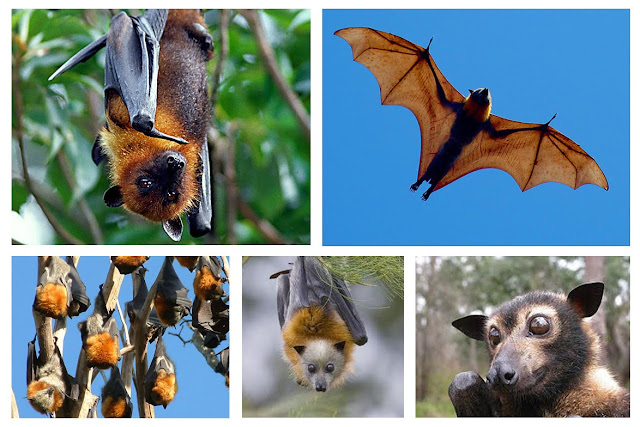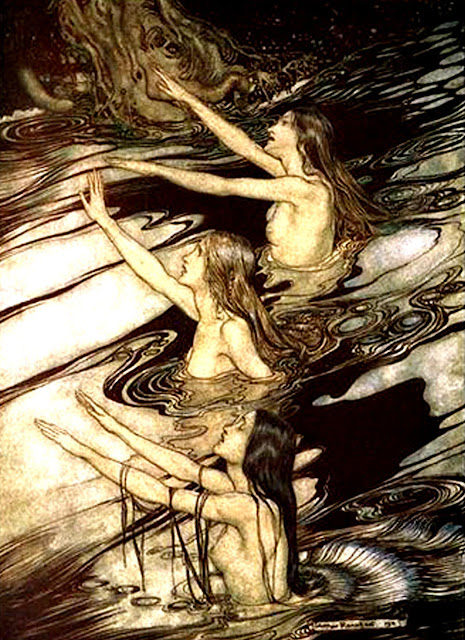 Chris Jones, National Geographic.
Chris Jones, National Geographic.The second part of Ackerman's adventure takes her to the Florida to follow the study of alligators. She meets with zoologist Kent Vliet at the St. Augustine Alligator Farm who is studying blood samples of alligators in captivity. The farm was started in 1893 they expanded in the 1930's and holds "a collection of the largest, oldest and fattest alligators ever". Ackerman assists them with their studies which involves measuring them and taking a blood sample. Vliet is checking their hormone levels in captivity as captive animals breed less frequently than those in the wild. Her first day in the field Ackerman climbs on the back of a large alligator to cover its eyes and comfort it. While it's jaws are taped shut, it seems like a formidable exercise, and it is Ackerman's enthusiasm for such experiences that makes her stories so engaging. She describes the alligators so beautifully and respectfully comparing their spiny backs to the Rocky Mountains and the way they feel to the 'best eraser'. It's obvious that she is fascinated by them.
 American Alligator in Atchafalaya National Wildlife Refuge. Photo courtesy of National Geographic.
American Alligator in Atchafalaya National Wildlife Refuge. Photo courtesy of National Geographic.The American Alligator is one of three major types of Crocodilians, there are twenty-nine different species but they can be organized most simply as Alligators and Caimans, Crocodiles and Gharials. Alligators have rounded snouts, Crocodiles triangular, pointed snouts. Alligators are apparently quite shy and mild-mannered, Crocodiles are speedier and more savage. Gharials are fish eating crocodilians with long slender snouts, frequenting the Ganges. Different species all over the world have been hunted and many populations are endangered. Luxury goods such as crocodile shoes and briefcases have reduced their numbers. They also suffer from habitat loss, sport hunting and use as novelty goods and trophies.
 Weeping Crocodile by Rob Bridges and available here.
Weeping Crocodile by Rob Bridges and available here. They also suffer from a certain amount of bad press. The associations with Alligators, Crocodiles and Reptiles in general is usually negative. Its good to see that the artists above and below feel differently. It is their cold bloodedness and reptilian brains that makes them what they are. Efficient predators that conserve energy and communicate in slow mysterious ways so different from ourselves. Being cold blooded allows them to eat infrequently and while their brains are very small they are uncomplicated and serve the alligators' needs. Crocodilians appeared about 84 million years ago and managed to compete with and outlive the dinosaurs. They are the closest living relative of birds, both evolving from a common reptilian ancestor.
While Roky Erickson probably wasn't thinking of the physiology of the alligator when writing this song to me it seems perfect.


























